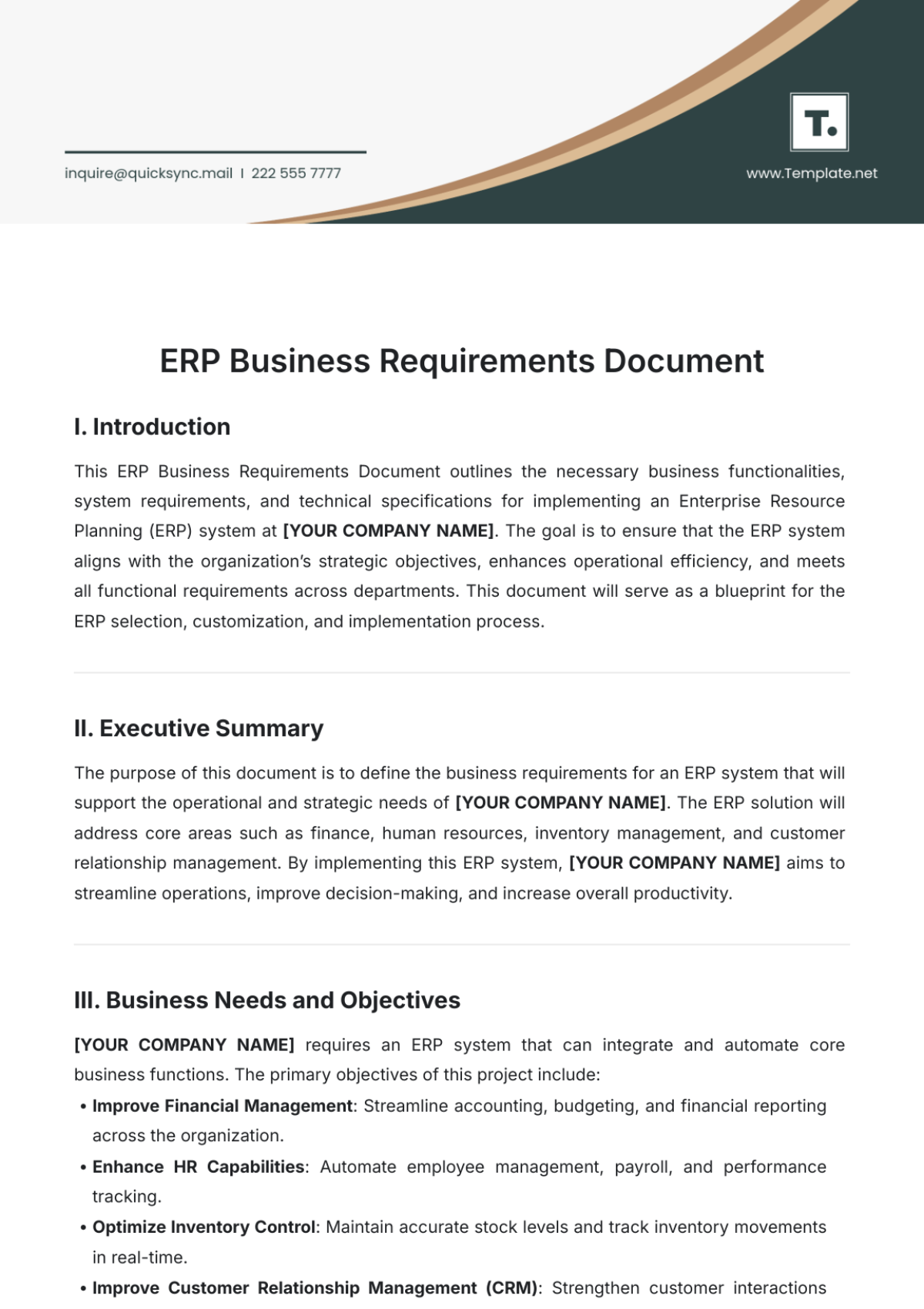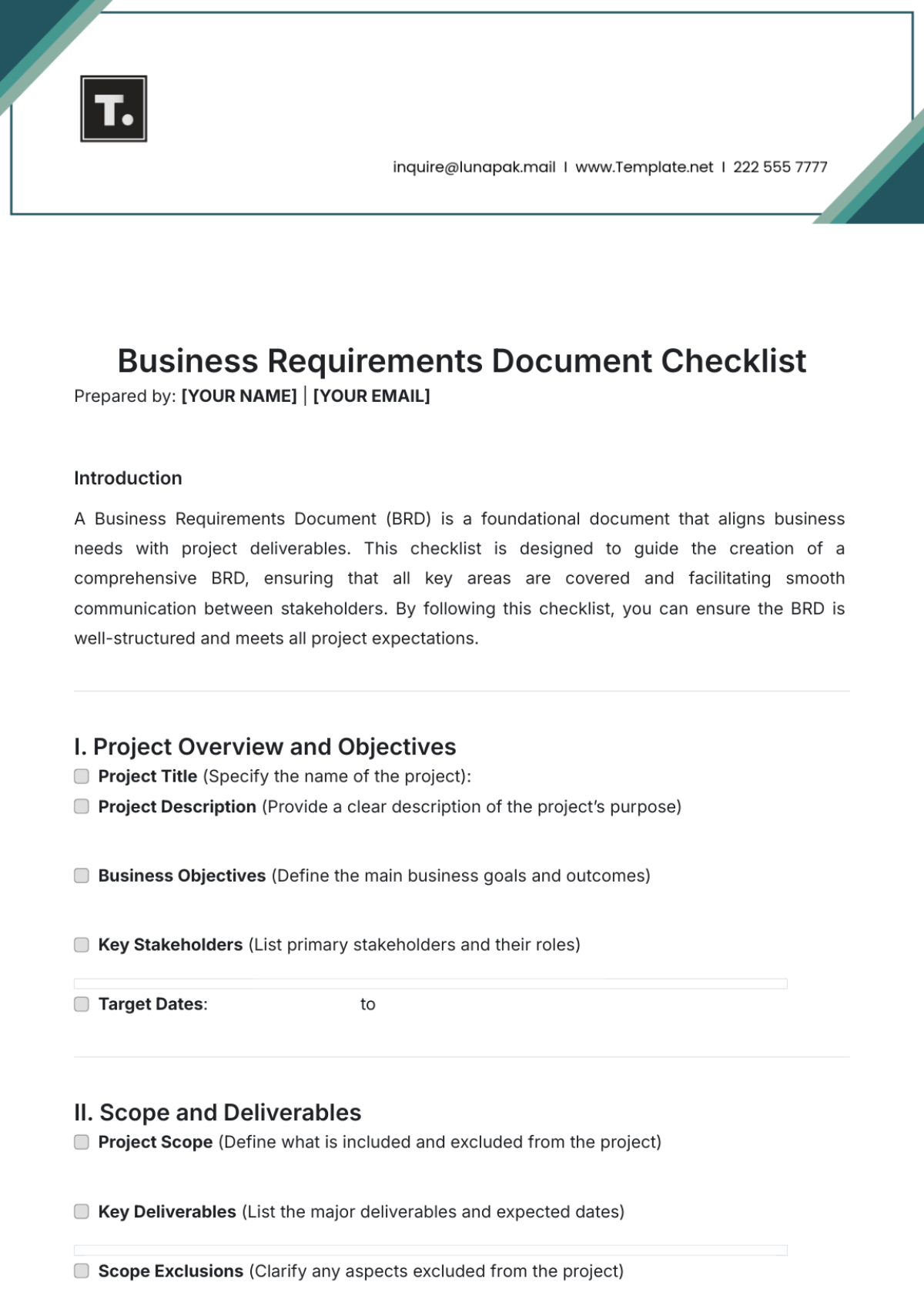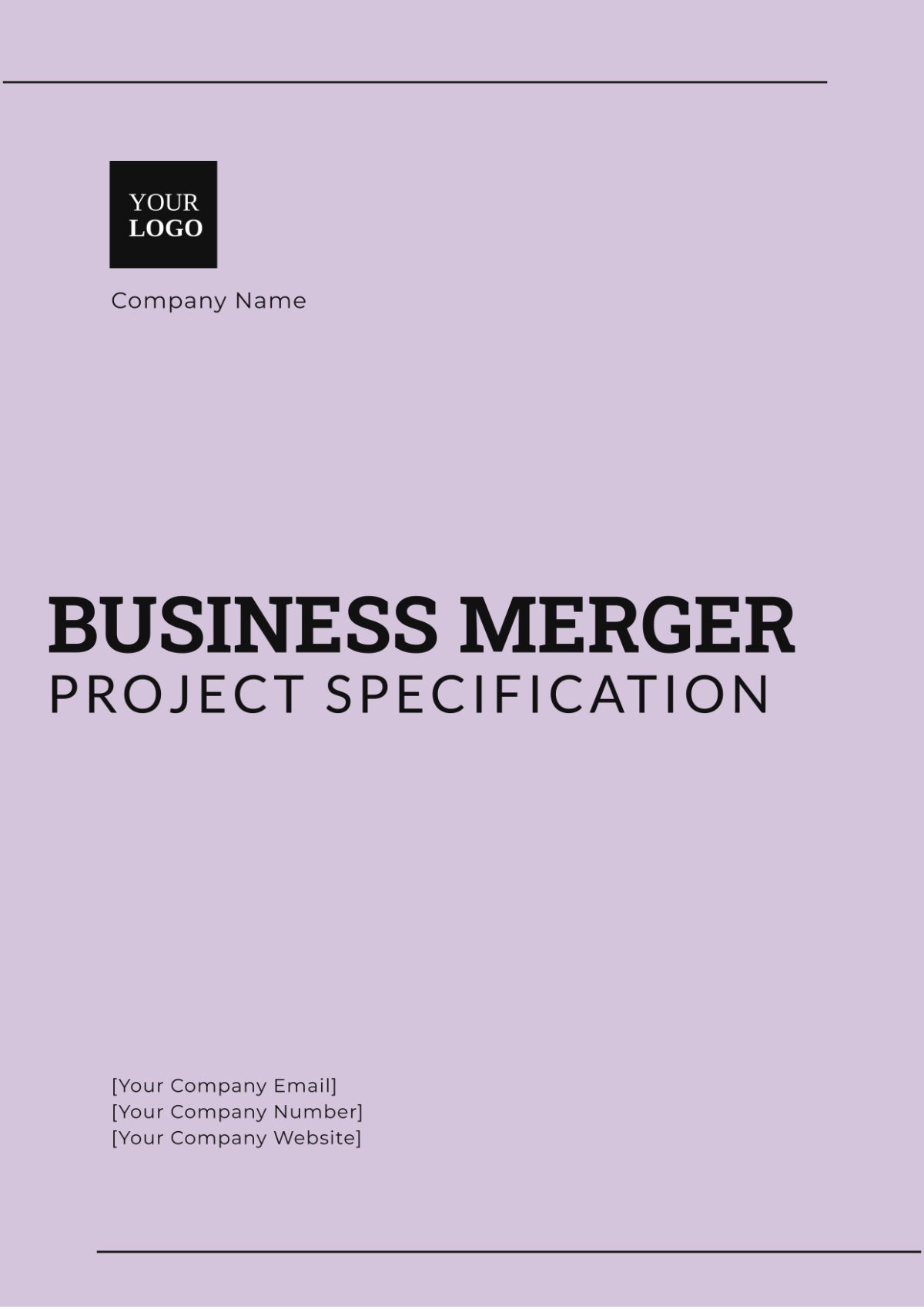Business Security Requirements
1. Introduction
This document outlines the security requirements for the “Customer Management System” (CMS), designed to protect our company’s customer data, business operations, and information assets. It serves as a comprehensive guide for the design, implementation, and evaluation of security solutions to ensure the confidentiality, integrity, and availability of critical information and systems.
1.1 Purpose
The purpose of this document is to define the security needs of the CMS to ensure robust protection against unauthorized access, data breaches, and operational disruptions. This guide will assist the development team, security professionals, and stakeholders in implementing and maintaining effective security measures.
1.2 Scope
This document applies to the following components related to the CMS:
Systems: CRM software, email servers, and cloud storage solutions.
Data: Customer personal information, transaction records, and communication logs.
Processes: Data handling procedures, incident response protocols, and access control management.
Users: Internal employees, system administrators, and external vendors.
2. Objectives
Ensure Confidentiality: Implement access controls to protect customer data from unauthorized access and ensure that only authorized personnel can view or modify sensitive information.
Maintain Integrity: Protect data from unauthorized changes or corruption by implementing rigorous data validation and integrity checks.
Ensure Availability: Ensure that the CMS and related systems are available to authorized users with minimal downtime, even in the event of a system failure or security incident.
Compliance: Adhere to relevant regulations for data protection and payment data security.
Risk Management: Proactively identify and mitigate security risks through regular assessments and updates to security measures.
3. Scope
The scope of this document includes the security requirements for:
A. Systems:
CRM Software
Email Servers
Cloud Storage
B. Data:
Customer Personal Information: Names, addresses, contact details
Transaction Records: Purchase history, payment details
Communication Logs: Email exchanges, customer service interactions
C. Processes:
Data Handling: Secure storage, access controls, and encryption procedures
Incident Response: Procedures for detecting, reporting, and responding to security incidents
Access Control: Authentication mechanisms, user roles, and permissions management
D. Users:
Internal Employees: Sales, support, and management teams
System Administrators: IT personnel responsible for system maintenance and security
External Vendors: Third-party service providers with access to CMS data
4. Functional Requirements
Access Control and Authentication:
Role-Based Access Control (RBAC): Implement RBAC in the CRM to ensure users access only their role-specific data and functions. For instance, sales staff should see customer data, while support staff should access communication logs.
Multi-Factor Authentication (MFA): Enforce MFA for accessing sensitive systems like the CRM and email servers. Users must provide a password and a one-time code sent to their mobile device.
Data Encryption:
Data at Rest: Encrypt sensitive cloud data using strong standards and securely manage and periodically rotate encryption keys.
Data in Transit: Use the latest TLS versions for all data transmissions between the CRM and other systems, including client-server communications and email exchanges.
Incident Detection and Response:
Intrusion Detection Systems (IDS): Deploy IDS to monitor network traffic for suspicious activity and provide real-time alerts for potential breaches.
Incident Response Plan: Develop and maintain a plan detailing procedures for detecting, containing, and recovering from security incidents. Conduct regular drills to ensure effective response readiness.
5. Non-Functional Requirements
Performance:
Impact on Performance: Design security measures to minimize performance impact. Test to ensure encryption and access controls don't harm system responsiveness or user experience.
Scalability:
Future Growth: Security solutions must be scalable to handle growing users and data. Ensure systems can be expanded or upgraded as needed.
Usability:
User-Friendly Security: Implement MFA and SSO intuitively with clear instructions and support for minimal disruption and compliance.
Reliability:
High Availability: Security systems, like IDS and backups, need reliability and availability. Use redundancy and failover to ensure protection during outages.
6. Constraints
Budget Constraints: The budget for security measures is limited. Prioritize critical security controls and seek cost-effective solutions where possible.
Technical Constraints: Compatibility issues with legacy systems may limit advanced security features. Assess and address challenges as they arise.
Regulatory Constraints: Ensure security measures align with data protection and payment regulations to avoid compliance issues.
Time Constraints: Complete the security phase within deadlines using a detailed project plan to manage time and meet requirements.
7. Assumptions
Technology Availability: Assumes that necessary technology, such as encryption tools and IDS, is available and compatible with existing systems.
User Compliance: Assumes that all users will adhere to security policies and participate in required training sessions.
Vendor Support: Assumes that third-party vendors will provide necessary support and updates for security solutions.
8. Acceptance Criteria
Successful Implementation: All security requirements, including RBAC, MFA, and data encryption, are implemented and functioning as expected.
Compliance Verification: Security measures meet relevant standards and regulations, verified through internal audits and external assessments.
Risk Assessment: No critical vulnerabilities or risks are identified during security testing and validation.
User Training: All relevant users have completed security training and demonstrated an understanding of security procedures.
9. Dependencies
Third-Party Services: Dependence on cloud storage and email service providers. Coordination with these vendors is required for security integration and support.
System Integration: Integration of SSO with existing identity management systems requires coordination with IT and HR departments.
Resource Availability: Availability of internal IT and security personnel for the implementation and maintenance of security measures.
10. References
General Data Protection Regulation (GDPR)
Payment Card Industry Data Security Standard (PCI-DSS)
National Institute of Standards and Technology (NIST) Cybersecurity Framework
ISO/IEC 27001 Information Security Management Systems






































